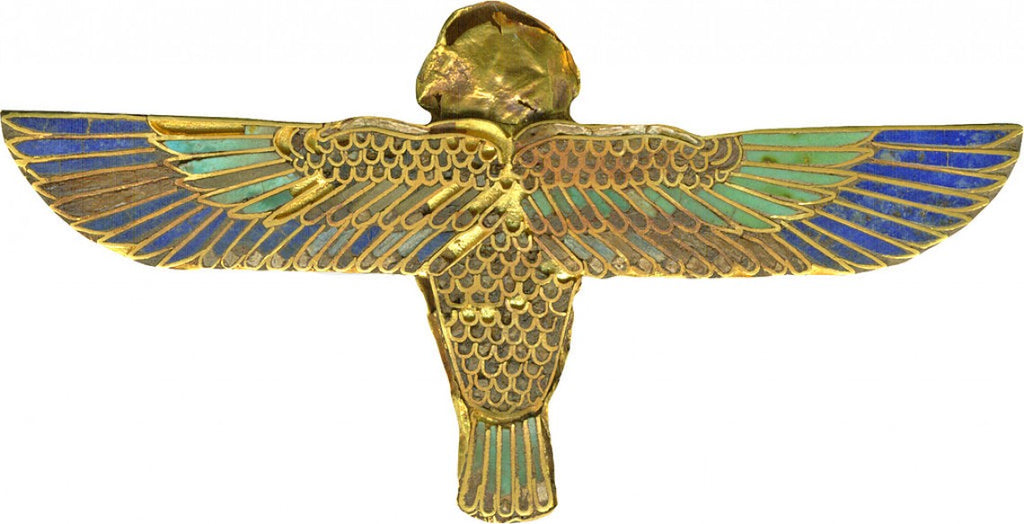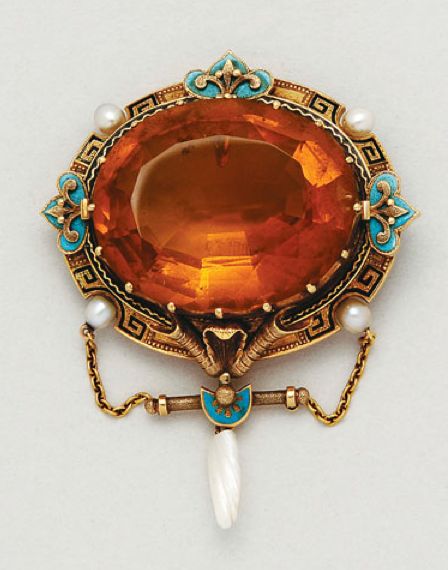The Significance in a Signet Ring
The story behind the signet ring, one of the most important jewelry designs in history, is very fascinating. The signet ring is a design that houses a raised, flat face on a shank, or ring, and is typically engraved with an image or icon meant to signify something memorable- like someone’s initials, a family crest, coat of arms, or a meaningful symbol. But signet rings weren’t always as casual as they are by today’s standards.
Continue reading











